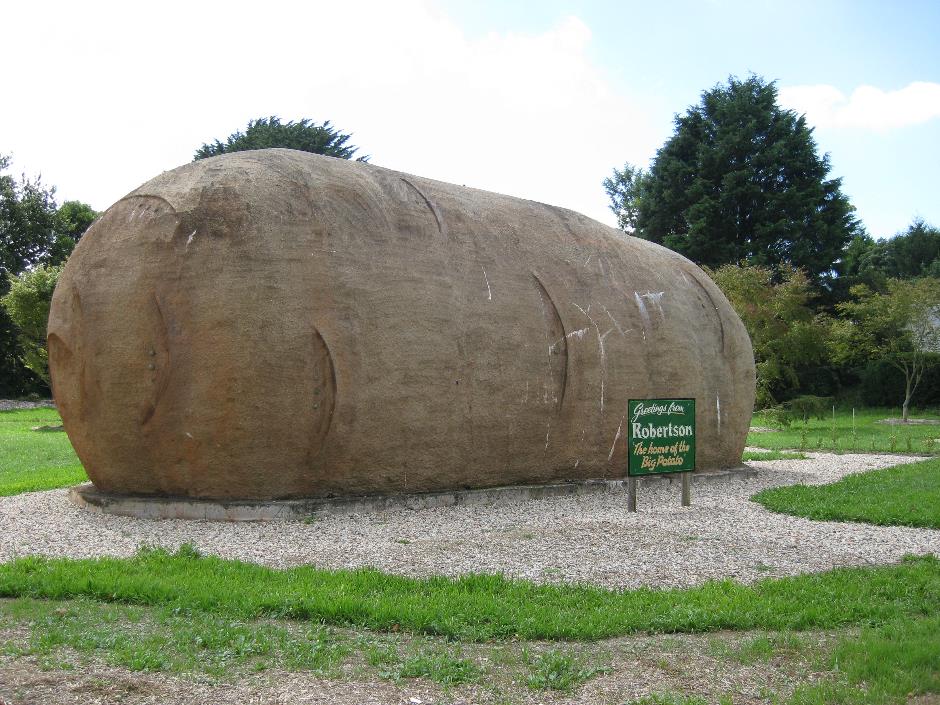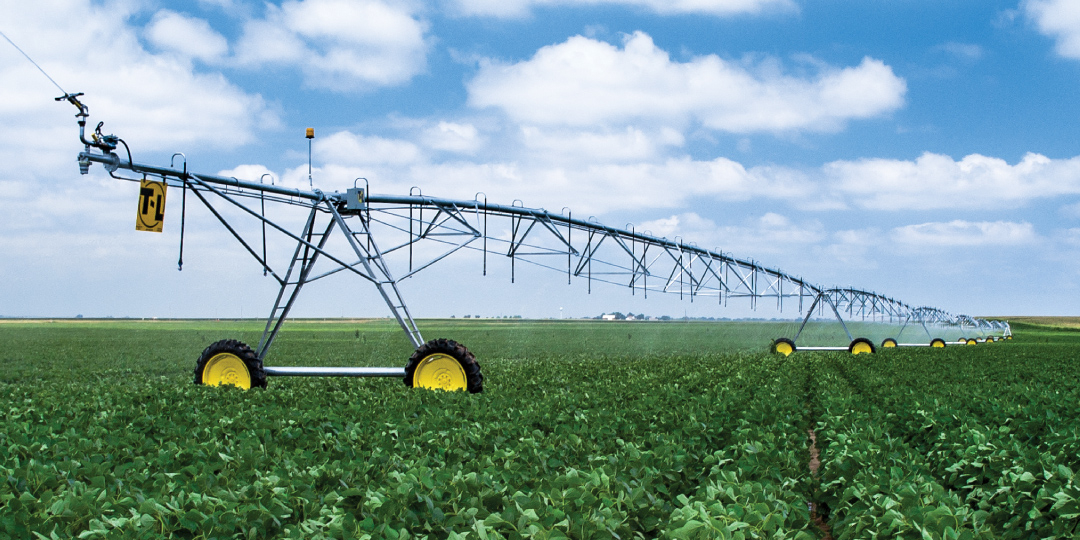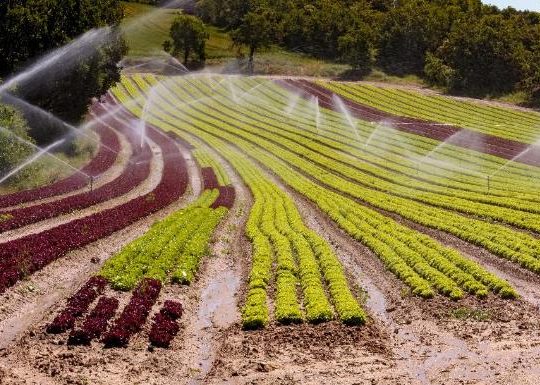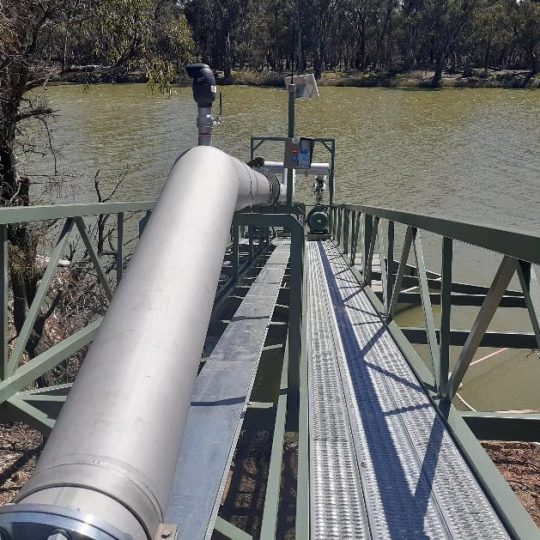When the chips are down, irrigation delivers sustainability for spuds and other favourite crops


This year’s shortage of potatoes – particularly the ones used to make chips – saw prices rise to the point that some big fast food outlets even contemplated the possibility of importing suitable spuds for our golden plateful.
The cause of the threat to this national favourite dish was excessive rain and cold. Now, as we contemplate the possibility of a drier El Niño weather pattern, how does the industry adapt?
“Potatoes need water, but they don’t like getting waterlogged. A key to successful growing is having reliable water supplies from which you can draw the right amount of water at the right times, when you need it, even during an El Niño weather cycle. We know potato varieties vary widely in their ability to withstand water stress, and have different maturity cycles, so being able to respond to these cycles is key to success,” says irrigation professional, Matt Eland.
“A broader key to productivity, sustainability, and profit with potatoes – and with a wide variety of staple fruit and vegetable crops generally – is careful irrigation management. This can ideally combine adequate reserves of bore water, ensured by drilling, coupled with efficient, low-maintenance and often automated distribution through proven technologies, such as centre pivot irrigation,” says Matt, who is Sales Manager for Water Dynamics’ Mt Gambier operation in South Australia.
The Mt Gambier Water Dynamics operation is part of a national network which covers the major potato growing areas of South Australia, Tasmania, Victoria, and Southern NSW. South Australia is the largest producer of potatoes in Australia with 38% of national production, followed by Tasmania on about 24%, mostly for the processing market. The Riverina district, located between the Murrumbidgee and Murray Rivers in southern NSW produces over two thirds of the NSW potato crop.

Water drilling and irrigation draws interest
Water Dynamics’ operations in each of these areas are seeing rising interest in water drilling and irrigation systems, either drawing on new bores. The interest is coming from:
- Dedicated potato growing operations
- Farmers seeking to diversify
- And landowners bringing into production areas formerly considered marginal because of their distances from water, electricity, and transport.
We are getting more requests for bore jobs as the trend picks up, because we have long history in South Australia and Western Victoria and can drill bores up to 250m deep and 300mm wide, through limestone, clay, and sand. Site audit and local knowledge is important to landowners because these jobs are usually very different from each other,” says Matt Eland, whose company’s dedicated Class 3 licenced bore team operates a rotary drilling rig added to the company’s fleet in 2018.
What we are finding in general with farmers and rural landowners facing the prospect of an El Niño drier climate cycle, is that pastoral, cropping, and livestock properties are increasing looking to enhance their value and productive capacity with bores and/or rugged, reliable, and low-maintenance irrigation systems.
The systems we supply include T-L centre-pivot and linear irrigators from the globally respected family-owned equipment manufacturer. We have done 2,000 of these in Australia, and they are ideal for different types of country, automation and low-pressure pumping systems which contribute to irrigation efficiency.
Founded in 1955 in the heartland of US agriculture and headquartered in Hastings, Nebraska, T-L is active around the world, from the US to Middle East and Australasia, where its rugged, reliable, and advanced technologies have proved themselves over more than 30 years. Water Dynamics is also at the leading edge of awareness of government, rural, and residential bore drilling trends, because of its market coverage because of its complete end-to-end range of services for bore drilling and irrigation systems, including needs pre-assessment, drilling, installation and emergency service and repair, with 23 experienced technicians among a total team of 34 out of Mt Gambier.
Example Government project: Mt Gambier alternative water supply
An example of a major Government project they handled was the construction of six observation wells for a potential alternative water supply for Mt Gambier as well as ongoing monitoring of the unconfined aquifer. The six 200mm bores went down 180m, using 200mm, Class18 PVC casing, which is a high PVC grade used in quality irrigation and water supply for drinking water supply applications.
Project challenges in the Mt Gambier project included liaising with multiple government departments and officials to complete the project within the required deadline as well as developing and implementing an environmental and safety plan to suit the roadside sites involved, and the overall integrity of the formation being drilled.
The future of water
In addition to crops such as potatoes, Matt Eland says rural interest in bores and/or irrigation systems is rising for crops generally and livestock watering systems.
“It is self-evident that access and efficient use of water is the key to agriculture in future,” he says. This has always been the case in Australia and now even more so for expansion of land values and productivity, which are indissolubly interlinked.
The good news is that the technologies already exist to make best use of the resource available to agriculture, though technologies including:
- Skilled water resource development, including good borehole technology, compliant with statutory obligations
- Automation and remote data transfer technologies
- Efficiency development tools
Potato farming has traditionally been labour-intensive, but, like so many types of agriculture, this changed – and is changing in terms of irrigation opportunities and technologies. There will always be early adapters and late adapters of advances in irrigation technologies, but our experience tells us that many farmers and landholders already have their fingers firmly on the pulse of change, and are pro-actively preparing for the inevitable cycles in seasons and markets.
About Water Dynamics
Our local Water Dynamics team here in Mr Gambier – and major branches in Yarrawonga, Vic, Mildura, Vic, Darwin, NT, Longford, TAS and Mt Gambier, SA – includes a blend of product experts, irrigation designers and installers. Our staff are very well known in the industry, and some have previously owned and operated their own landscaping and irrigation businesses.
We pride ourselves on good old-fashioned customer service, so you know you’ll get the personal attention you’re looking for when you work with us on a project, or come into store. Our unique regional focus means we understand local conditions and challenges, and have the relevant skills to provide the right products and technical advice to keep irrigation systems operating at peak efficiency all year round, now and in the future.
For product and sales information, please contact Matt Eland
Water Dynamics
P 08 7723 2600 | F | M 0417 699 735
E: [email protected]
233 Jubilee Hwy West, Mt Gambier, SA 5290
Latest Projects

Early adopter of citrus growing automation achieves cost-efficiency, connectivity, and conservation in the one package
An Australian citrus grower at the forefront of automation efficiencies sweeping through the industry is increasing production quality and output…
Read More...
Premium table grape producer Palm Vineyards equips itself for a sustainable future with 3-into-1 irrigation upgrade
An international exporter of Australian table grapes noted for the quality of its fruit and sustainability of its horticultural practices,…
Read More...